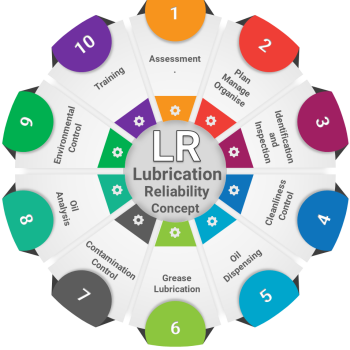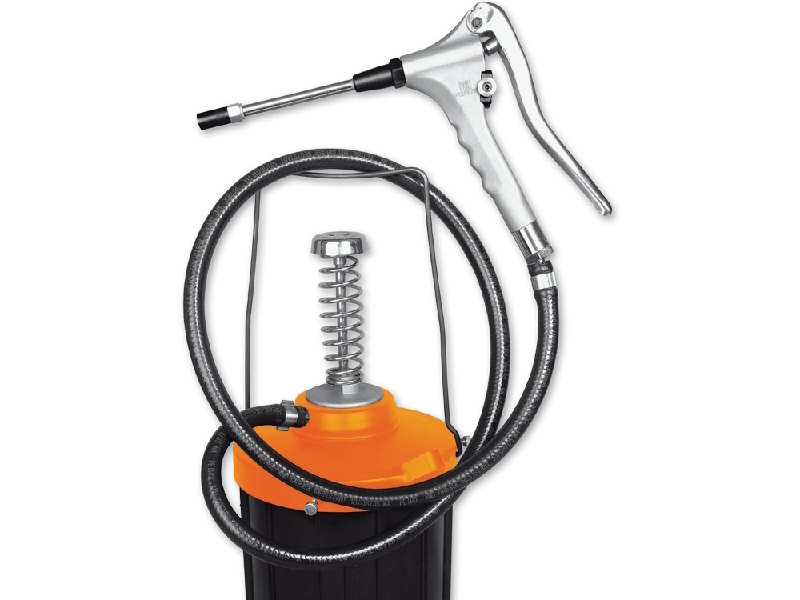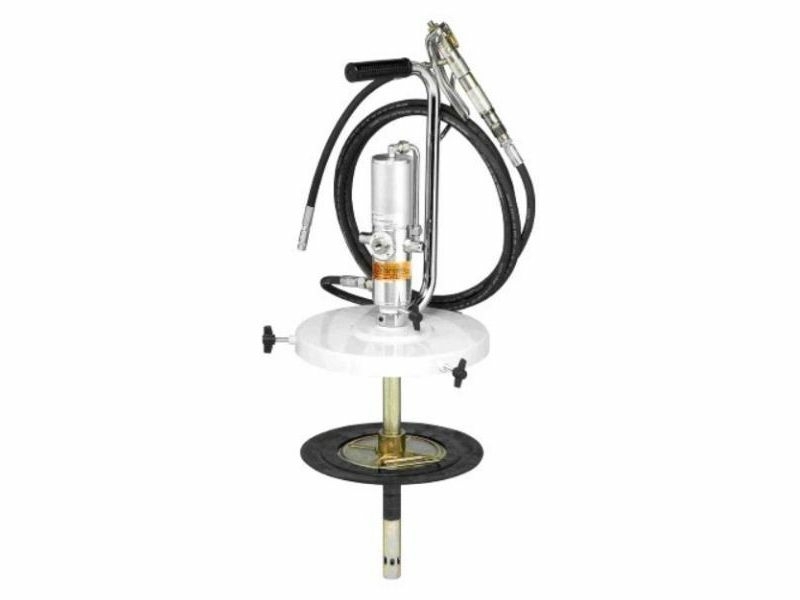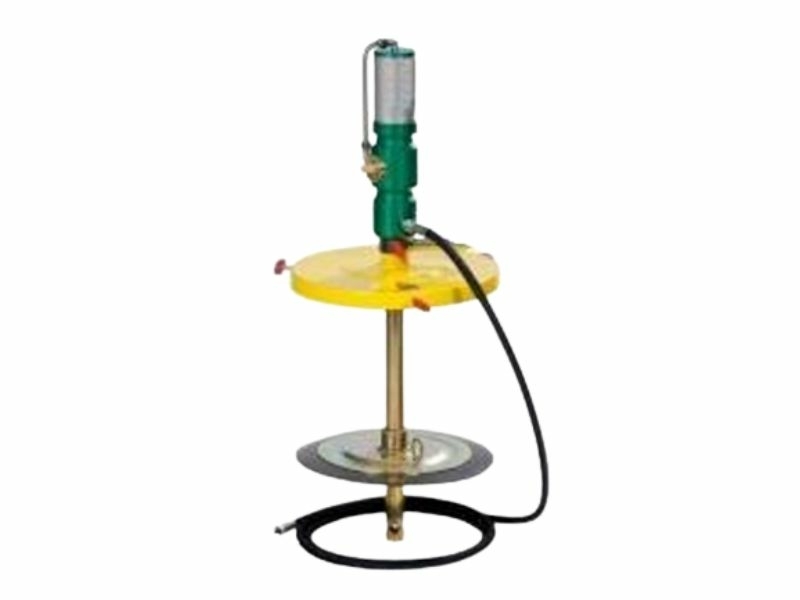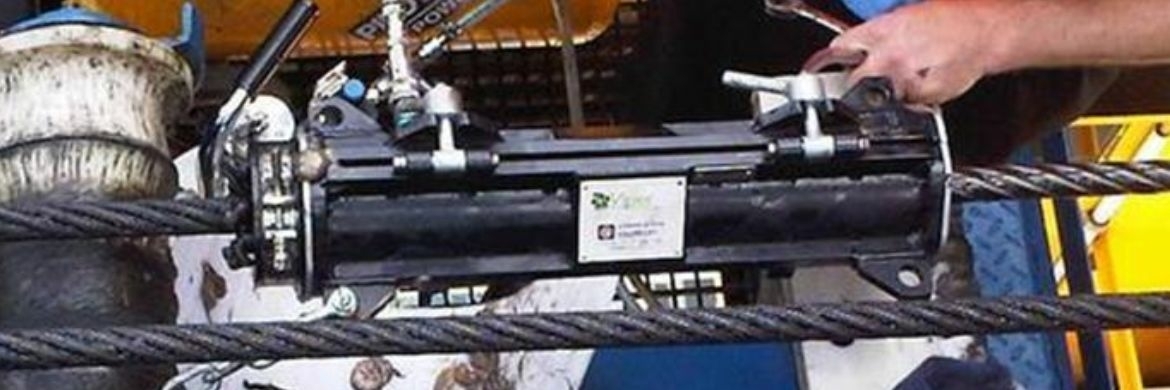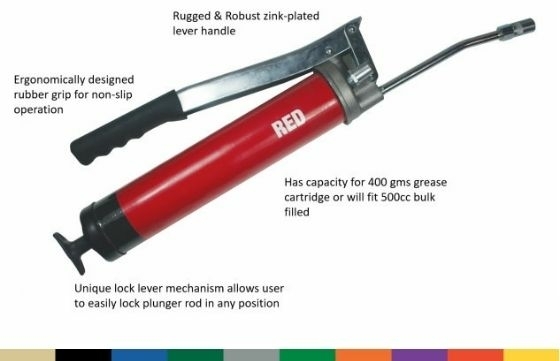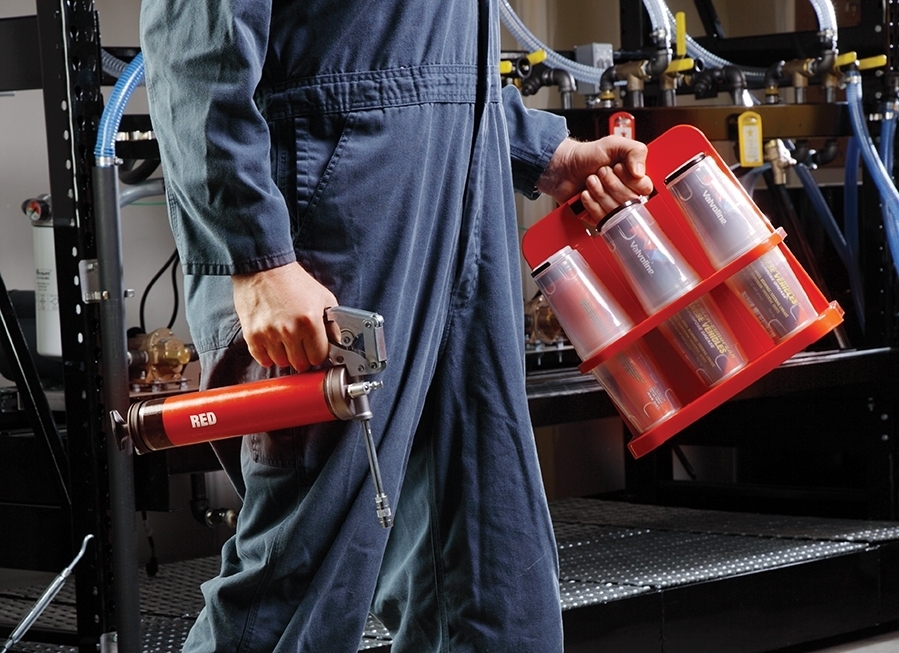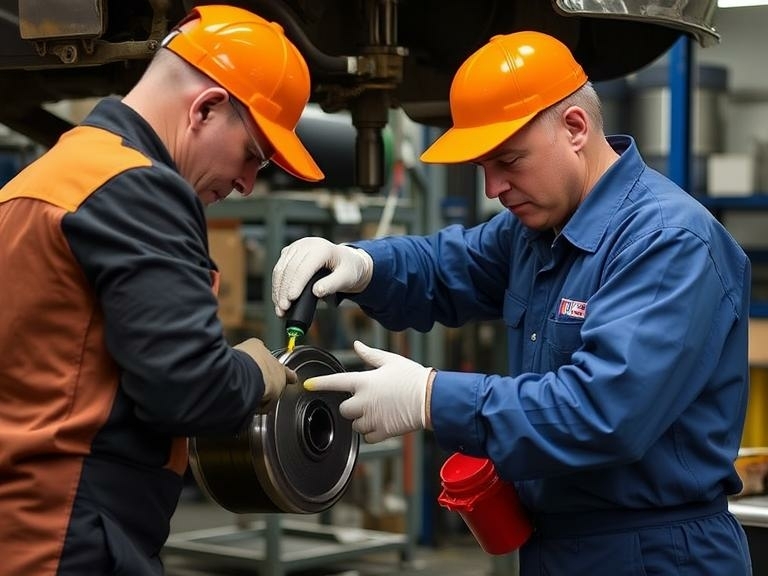Precision grease application
Grease plays a vital role in maintaining the health and performance of rotating equipment, but only when handled and applied correctly. In this step, we focus on how to store, manage, and apply grease using best-practice methods that reduce contamination, avoid over-lubrication, and maximise equipment reliability.
👉 Want to understand what grease actually is and when to use it? Read our background guide on grease here.

